#Mother India
Explore tagged Tumblr posts
Text




Mother India (1957) | dir. Mehboob Khan
#mother india#mother india 1957#mehboob khan#raaj kumar#nargis#nargis dutt#cinematography#indian cinema#hindi cinema#bollywood#old bollywood#bollywood movies#classic cinema#world cinema#films#south asian cinema#asian cinema#cinema#movies#screencaps#film scenes#movie scenes#indian films#hindi movies#hindi films#indian movies#india#aesthetics#aesthetic
13 notes
·
View notes
Text
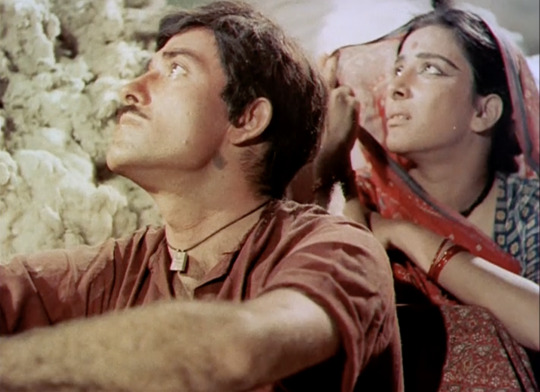
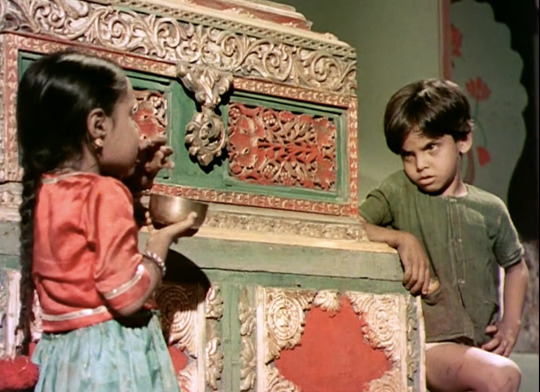


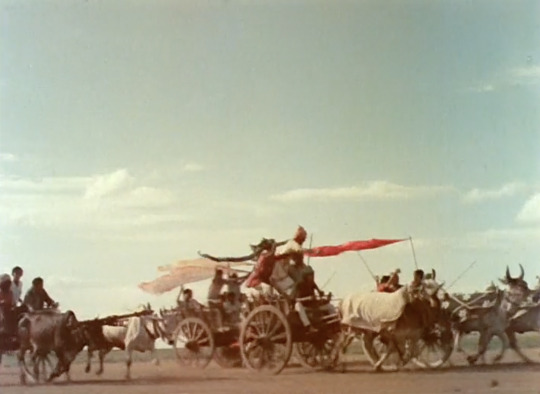
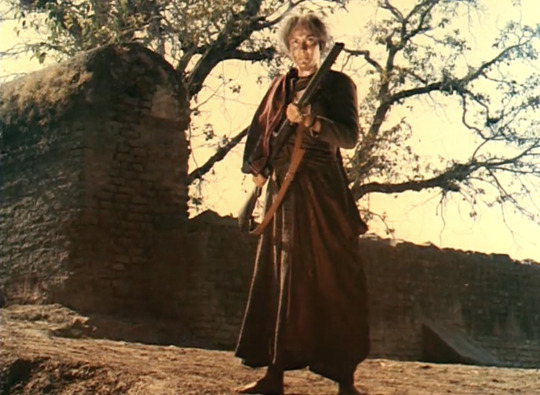
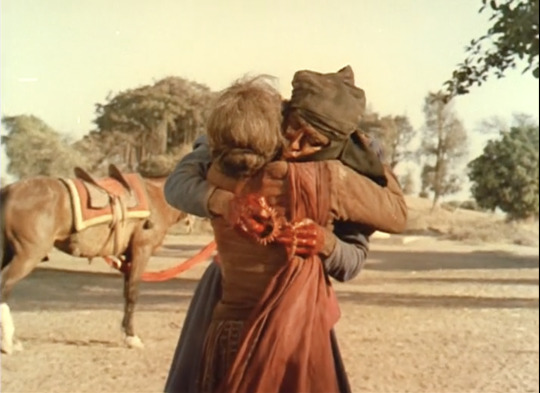
MOTHER INDIA (1957) - dir. Mehboob Khan
#mother india#nargis#nargis dutt#raaj kumar#sunil dutt#chanchal#bollywood#vintage bollywood#1950s#movies#classic cinema#genuinely one of the best movies ever made
5 notes
·
View notes
Text

Remembering Mehboob Khan, the legendary filmmaker, on his 60th death anniversary (28/05/1964).
A man of humble beginnings and little formal education, Mehboob Khan became one of India's greatest filmmakers.
In this photo: Mehboob Khan directing Nargis on the set of Mother India, just before the scene where she was engulfed in flames and heroically saved by Sunil Dutt.
5 notes
·
View notes
Photo

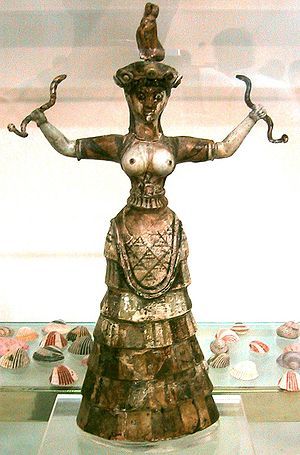
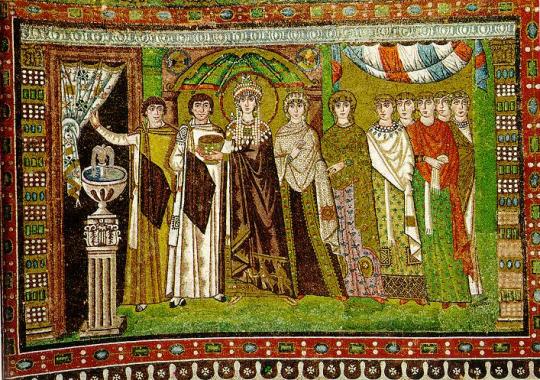


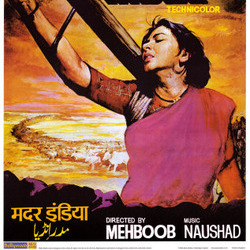


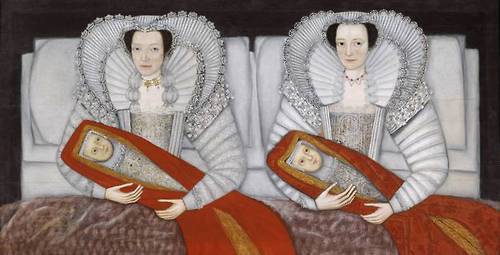
mother
1 'artist' unknown Venus of Willendorf (c28000-25000BCE) limestone http://smarthistory.khanacademy.org/nude-woman-venus-of-willendorf.html
2 artist unknown snake goddess, Minoan Civilization, Crete (c1600 BCE)
3 artists unknown Empress Theodora, mosaic in church of San Vitale, Ravenna, Italy (6th Century) http://smarthistory.khanacademy.org/byzantine-justinian.html
4 Ana Mendieta (1948-85) Cuba/ USA Silueta search at http://www.moca.org
5 Piero della Francesca (1415-92) Madonna of Mercy, detail (c1460) oil and tempera on panel
6 poster from Mehboob Khan's 1957 film Mother India http://www.youtube.com/watch?v=yNFPjvT5PJM http://www.youtube.com/watch?v=JzJHnADcpa8
7 Cindy Sherman Untitled (1989)
8 Maïmouna Patrizia Guerresi () As a photographer, sculptor, and installation artist, ‘Maïmouna’ Patrizia Guerresi reveals unique and authentic sensibilities in her narration of the beauty and subtleties of racial diversity and multiculturalism. Over an established career, she has developed her own symbolism, which combines cosmological and ancestral traditions belonging to various European, African, and Asian cultures. Her personal commitment to Baifall Sufism has led her to produce an aesthetic that is able to bridge time, space and civilisations, as well as figuration and abstraction.
The human body is seen as the nucleus and temple of the soul, a place that houses a delicate, higher awareness; the very conduit for encompassing natural and cosmic forces. More about mysticism than any singular religion, her work is visionary in that it restores those elusive qualities of sacredness and unity in our frequently dehumanising and fragmented contemporary visual world. Her classic iconographic style explores the universality of human experience and reclaims the often hidden nurturing powers of feminine energy. Presented as a kind of free flowing epic, the viewer is left to read the significance of her imagery and quietly meditate on its potential to personally engage with its audience. As if her figures were speaking directly to each one of us.
From her earliest experiments with the physicality and archetypal imprinting of the psyche, through to her latest, evermore metaphoric ‘inner constellations’, Maïmouna insists on a cross-cultural discourse and an expansion of the boundaries that normally dictate our individual attitudes. She invites us to see further and to look deeper – past skin colour, preconceptions, and ethnic landscapes – into the wider paradigm of inclusion. She leads us through apparently simple notions of dimensionality into the exquisite, mystical and fragile complexities of life from within. Rosa Maria Falvo,writer and curator, www.chobimela.org
Perspective on the relationship between women and society, with particular reference to those countries in which the role of women is most marginalized. For over twenty years Guerresi’s work has been about empowering women and bringing together individuals and cultures in an appreciation for a context of shared humanity, beyond borders – psychological, cultural, and political. She uses recurrent metaphors such as milk, light, the hijab, trees, and contrasting white on black to create awareness of the vital unifying qualities of the feminine archetype and its special healing potential. Guerresi’s art is uniquely authentic. Her work is inspired by personal experience and cultural contexts that reference universal myths, the sacred realm, and the female condition, all of which are seen as vital expressions of the human form: an essentially spiritual and mystic body. Through photographs and videos of silent, austere, veiled women in domestic scenes and individual poses, her work functions as both metaphor and provocation. Guerresi’s images are delicate narratives with fluid sequencing, as well as rational analyses: women dressed in white, enveloped in chadors, fixed within their own tradition and isolated from and by it in the contemporary world. Her Fatimah image suggests the woman as Mother- Earth supporting us in the original energy cycle of Space-Universe-Infinity. www.maimounaguerresi.com
9 The Cholmondeley Ladies (c1600-10) oil paint on wood 886 x 1723 mm British School 17th century (1600‑1699)
search @ www.tate.org.uk
#mother#earth#venus#figure#figurative#symbolism#representation#mendieta#minoan#mary#della francesca#willendorf#sherman#Guerresi#spiritual#mother india#cholmondeley#snake goddess
14 notes
·
View notes
Text

ॐ देवी शैलपुत्र्यै नमः॥
सभी भक्तों को आदिशक्ति माँ दुर्गा की उपासना के पावन महापर्व 'शारदीय नवरात्रि' की हार्दिक बधाई व शुभकामनाएं!
माँ भगवती सभी के जीवन को सुख-शांति, समृद्धि व आरोग्यता से अभिसिंचित करें, यही प्रार्थना है।
जय माता की! 🙏
0 notes
Text


▪︎ Ewer and Tray.
Date: 4th quarter of the 16th century; 1st quarter of the 17th century (around 1585 - 1615)
Place of origin: Gujarat, India
Medium: Mother-of-pearl, shell.
#17th century#art#history#16th century#decorative arts#history of art#16th century art#17th century art#india#asian arts#gujarat#ewer#tray#shell#mother of pearl#1585#1615
1K notes
·
View notes
Text




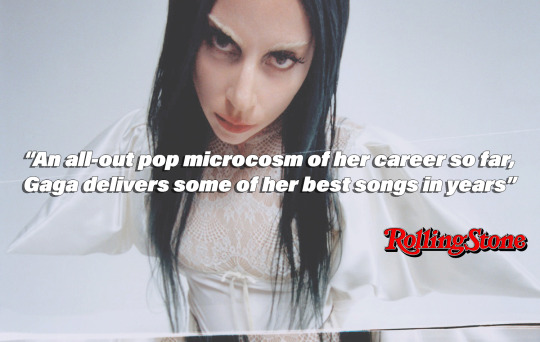



MAYHEM the seventh studio album by Lady Gaga has officially dropped, and so have the reviews.
The album has already received overwhelmingly positive feedback but "Is it right or is it wrong?" The truth is, it does not really matter. MAYHEM is about the chaos of being you, being all the parts of you that sometimes do not make sense.
Take a look at the reviews in full in the links below:
Shatter the Standards - The London Standard - The Guardian - Page Six - Rolling Stone - The Telegraph - NME - CLASH
How do you feel about MAYHEM? Let me know!
HAPPY MAYHEM DAY
#lady gaga#mayhem#mayhem era#2025#music#new music#music review#album review#mother monster#mothermonster#ladygaga#gaga#lady-gaga#the telegraph#the guardian#shatter the standards#JILL WANNASA#Neil McCormick#Alexis Petridis#Nicholas Hautman#page six#India Block#The Telegraph#the standard#Richard Burn#rolling stone#Robyn Murray#clash#clash magazine#Nick Levine
69 notes
·
View notes
Text




Shadow of a Doubt (1943) / Stoker (2013)
#shadow of a doubt#stoker#my thing#the creepy uncle cinematic universe#different situations but i find it interesting they both have scenes where charlie/india watch their mothers & uncle charlie from outside#and both scenes are a prelude for them discovering something
87 notes
·
View notes
Text

Parking - Orissa, 2023
#original photographers#photographers on tumblr#travel#odisha#india#orissa#street photography#streetphoto color#bycicle#mother and child
45 notes
·
View notes
Text

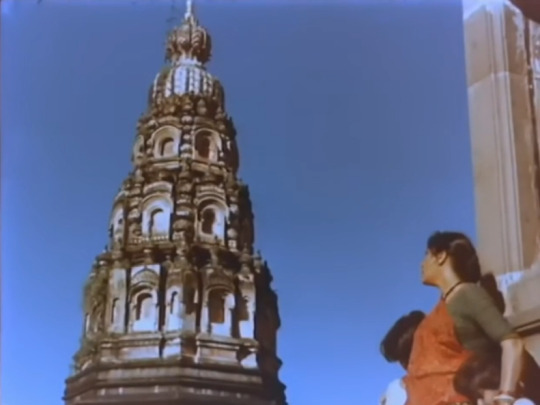

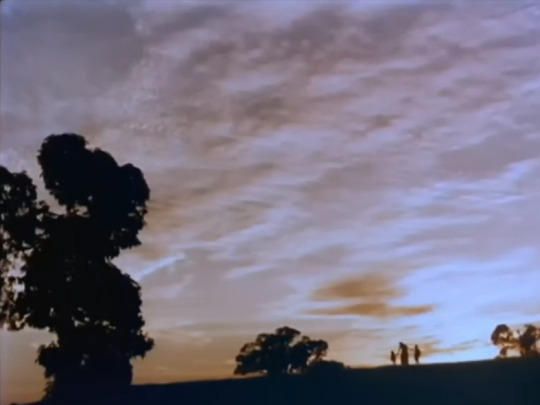
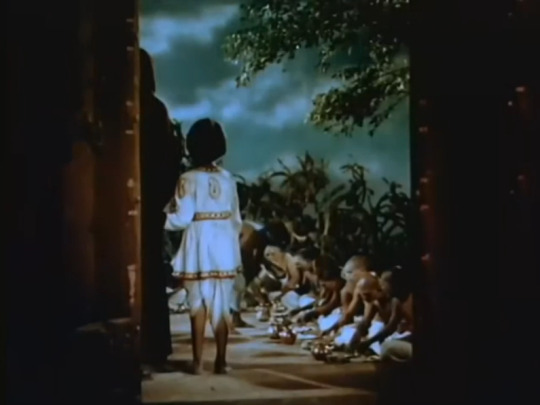
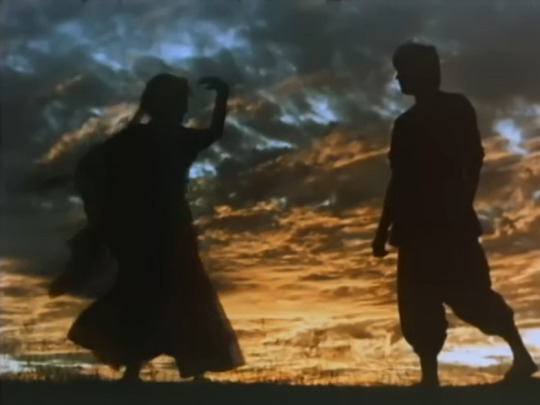
Mother India (1957) // dir. Mehboob Khan
d. o. p. Faredoon A. Irani
#mother india#mother india 1957#mehboob khan#nargis#nargis dutt#cinematography#indian cinema#hindi cinema#bollywood#old bollywood#bollywood movies#classic cinema#world cinema#films#cinema#movies#screencaps#film scenes#movie scenes#indian films#hindi movies#hindi films#indian movies#india
13 notes
·
View notes
Text

on the set of mother india (1957)
4 notes
·
View notes
Text

Remembering #MehboobKhan, the legendary filmmaker, on his 59th death anniversary (28/05/1964).
A man of humble beginnings and little formal education, Mehboob Khan became one of India's greatest Filmmakers.
In this photo: Mehboob Khan directing #Nargis on the sets of #MotherIndia, just before the shot when she was engulfed into blazes and was heroically saved by #SunilDutt.
4 notes
·
View notes
Text
i think one of the funniest parts about my family being from a part of india where the language spoken is very formal is that if you directly translate half of the stuff i say it sounds like a period drama audition
#especially because i personally live in the us so i learnt everything from my mother and grandmother#so idek any casual language it’s all very proper and formal and whatnot#it’s always a hit with the old people especially when i visit india they LOVEEE#<- how respectful and elegant and gracious i sound#LMAO the amount of people who have said to me ‘it’s so lovely to hear a youth speaking like a TRUE [name of cory]’ is CRAZY#*name of city BYE#me and autocorrect are enemies…#anyways i feel like i never talk abt cultural identity or anything on here but yay biannual reminder that i’m not white#m’s thoughts
22 notes
·
View notes
Text
Knock Knock Boys: A Queer Asian Lens
I didn't watch Knock Knock Boys as it was airing, because it didn't really seem like the kind of show I'd be into. However, this post by @lurkingshan and @waitmyturtles' enthusiastic recommendation convinced me to give it a shot. Having binged the entirety of the series in a day, I can say that the show was an absolute delight to watch.
I've seen plenty of people talking about how wonderfully sex positive the show was, so I'm not going to bother with going too much into it, but I will say that the drama clearly showed the kind of sex education and awareness that is desperately needed around the world. I also really liked how Lukpeach and Latte were the ones responsible for pretty much all of the sex education in the show. It was very realistic in that, in my experience, it's extremely common for teenagers and young adults to get a majority of their knowledge about sex from their friends and the internet. The show had a very clear message about the importance of talking freely about sex with younger generations, because the taboo on the topic only harms teenagers in the long run.
Now, besides that, there was one more issue that I thought the show did wonderfully: it showed how asian kids are often hesitant to discuss things with their parents because they assume the worst in the beginning. I'm having some trouble articulating this, because it's such an abstract, ingrained concept to me, so forgive me if this is incoherent. I'm also generalizing my experience as an Indian, so please do correct me if I'm wrong here. That being said, having been raised in a society that values respect and listening to elders without question, discussing alternate ideas with parents can be a very difficult thing for most of us. It's easy to assume what parents would say to an idea and decide that trying to convince them otherwise is a task that is either futile or requires too much energy.
The best way I can describe is that the mindset becomes "It's better to ask for forgiveness if you get caught instead of asking for permission straight away". For example, had Almond asked his mother if he could stay with three other guys, she would've most definitely flat out refused, since she would've had a lot of preconceived notions about the idea. But, because Almond is able to show her that he's happy as he was, she was perfectly fine with him continuing to stay with the others. I think that's the hallmark of most asian parents, they want us to be happy but they're convinced that they know what kind of life will make us happy. They did something similar with Peak and his father, but my feelings on that are a little more complex, so we'll come back to this.
Peak and Thanwa, man. I loved Latte and Almond but these two just stole the show for me. I know some people felt frustrated with Peak's dallying and hesitance, but I just felt so sad for him, and something about his situation just hit very close to home. And Seng, the actor that he is. One particular moment that stuck with me was the scene when he leaned against the door while Jumper attacked Max. I must've rewatched that moment half a dozen times, because his acting was impeccable. I will say, I wish that they'd given us a better resolution on the arc after Max, but those are mostly minor quibbles. What I really wanted to talk about was the arc with Peak's father. Peak gathering the courage to tell his father with the support from his found family was beautiful. The scene at Knock Knock House the day before Peak left was one of the most magnificent, emotionally charged scenes I've seen in asian ql in a while. Coming from a societ wherein arranged marriage is the norm, the storyline hit hard in all the right places.
But. I did not love the resolution of the arc. I think we've had some conversation about how some shows try to be both in the bubble and out of the bubble simultaneously, and the last two episodes of the show felt a little like that. From what we knew about the father, it felt almost too easy for him to simply accept everything right away. There should have been some struggle for reconciliation. I know that the show has a theme of assumptions and lack of communication disrupting parent-child relationships, but in this case how fast they move on just seems unrealistic. My cynicism aside, even if we assume that the father wasn't homophobic, there should've been more of a conversation on the breaking of the engagement! The social implications, the father asking him why he didn't say anything for so long, Jane's involvement (how did the father know that she knew about this?). The only argument I can see against this is that the father, while initially put off by the revelation, chose to act otherwise to support his son. But then, he most likely wouldn't have insisted they take his car. And there still should've been some sort of a conversation about the engagement. Arranged marriages have a purpose; it's to provide financial and social security. I find it extremely hard to believe that a father who arranged a marriage for his son wouldn't have so much as discuss the implications of being gay with him. They tried to have the engagement have consequences with the wedding banquet, but the resolution for that really only made it worse. This is cynical of me, but I simply cannot suspend my disbelief enough to believe that the entire wedding party was perfectly happy with the turn of events. This whole resolution just seemed out of place in a show that was otherwise so wonderfully grounded in reality while still being absolutely hilarious. I think, if the show had done something a little more similar to GAP, it would've felt more realistic.
All of that aside, I really did enjoy watching the show. It was hilarious and heartwarming, and the characters were absolutely wonderful. The resolution of the final arc did drag it down a little, but I would be lying if I said that watching two queer couples get to celebrate their relationships with their community didn't warm my heart at all (Also, side note- Jane having a girlfriend was a brilliant subversion). All in all, it's a great series. It definitely felt like something new and fresh compared to the kind of qls that I've been watching lately.
#look i know im being a little cynical about the ending#but when i came out to my mother (who is by all accounts and purposes one of the more progressive older people i know)#and asked her if she thought it was a phase#she said yes and confirmed that i was still attracted to men#because living as a queer person is extremely hard in india#and that's not to mention the numerous lectures ive had to sit through on the importance of marriage#so...yeah#i did really love the show though#feel free to argue/add on i'd love to have more conversation on this#especially because i had a lot of trouble articulating myself for this#so some of what i wanted to write didn't come through#but im tired now#knock knock boys#whoops sorry accidentally deleted a chunk of this trying to fix a spelling mistake#its back now
52 notes
·
View notes
Text

Today, hoisted the National Flag at my residence in Rajkot Gujarat under the #HarGharTiranga campaign.
I appeal to everyone to participate in this festival of democracy, hoist the Tiranga at home and upload selfies on harghartiranga.com.
0 notes
Text



[my photos]
#skyblr#coffee#latte#mother nature ate#random#trees#pink sky#clouds#pink hour#india#south indian#desi blog#desiblr
16 notes
·
View notes